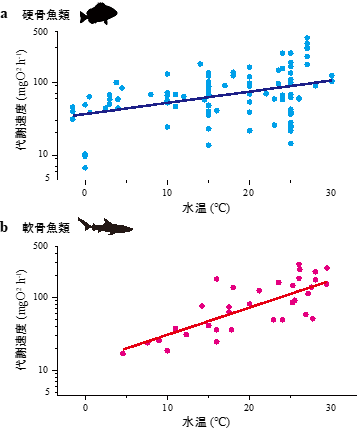2023-04-21 カロリンスカ研究所(KI)

Photo: Getty Images
研究者たちは、現代のIBD薬を服用している患者とそうでない患者の両方で増加を見出し、薬物と疾患自体の活動の両方がリンパ腫のリスクに影響を与える可能性があると示唆しています。IBDは、腸管の炎症であり、リンパ節癌(リンパ腫)のリスクを増加させることがあるため、注意が必要です。今後は、IBD自体と治療のどちらがリンパ腫のリスクにとって最も重要かを明らかにするために、より詳細なデータを使用した研究を行いたいと考えています。
<関連情報>
- https://news.ki.se/patients-with-ibd-at-higher-risk-of-lymphoma
- https://www.cghjournal.org/article/S1542-3565(23)00268-9/fulltext
潰瘍性大腸炎ではなくクローン病におけるリンパ腫の経時的リスクの増加:スカンジナビア・コホートスタディ Increasing risk of lymphoma over time in Crohn’s disease but not in ulcerative colitis: a Scandinavian cohort study
Ola Olén,Karin E. Smedby,Rune Erichsen,Lars Pedersen,Jonas Halfvarson,Åsa Hallqvist-Everhov,Nicklas Bryder,the SWIBREG study group,Johan Askling,Anders Ekbom,Michael C. Sachs, Henrik Toft Sørensen, Jonas F Ludvigsson
Clinical Gastroenterology and Hepatology Published:April 13, 2023
DOI:https://doi.org/10.1016/j.cgh.2023.04.001
ABSTRACT
Background & Aims
Earlier studies have provided varying risk estimates for lymphoma in patients with inflammatory bowel disease (IBD) but have often been limited by detection biases, (especially during the first year of follow-up), misclassification, and small sample size; and rarely reflect modern-day management of IBD.
Methods
Binational register-based cohort study (Sweden and Denmark) during 1969-2019. We compared 164,716 patients with IBD to 1,639,027 matched general population reference individuals. Cox regression estimated hazard ratios (HRs) for incident lymphoma by lymphoma subtype, excluding the first year of follow-up.
Results
During 1969-2019, 258 patients with Crohn’s Disease (CD), 479 patients with ulcerative colitis (UC), and 6675 matched reference individuals developed lymphoma. This corresponded to incidence rates of 35(CD) and 34(UC)/100,000 person-years [PY] in IBD patients, compared to 28 and 33/100,000 PY in their matched reference individuals. While both CD (HR=1.32; 95%CI=1.16-1.50) and UC (HR=1.09; 95%CI=1.00-1.20) were associated with an increase in lymphoma, the 10-year cumulative incidence difference was low even in CD patients (0.08%; 95%CI=0.02 to 0.13])). HRs increased the past two decades, corresponding to increasing use of immunomodulators and biologics during the same time-period. HRs were increased for aggressive B-cell NHL in CD and UC patients, and for T-cell NHL in CD patients. Although the highest HRs were observed in patients exposed to combination therapy (immunomodulators and biologics) or second line biologics, we also found increased HRs in patients naïve to such drugs.
Conclusions
During the past 20 years, HRs for lymphomas have increased in CD, but not in UC, and were driven mainly by T-cell lymphomas and aggressive B-cell lymphomas.


